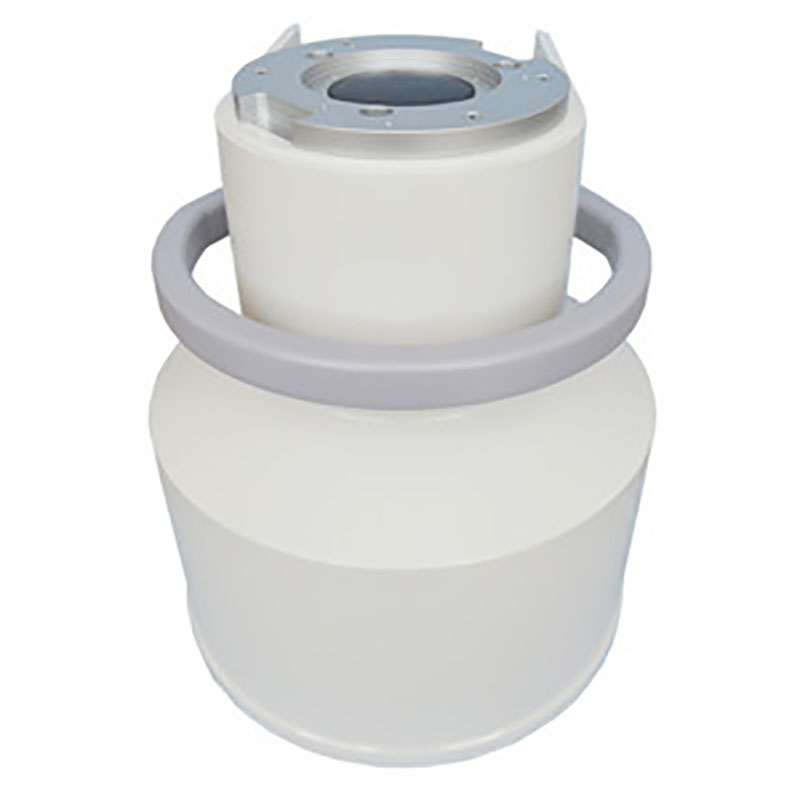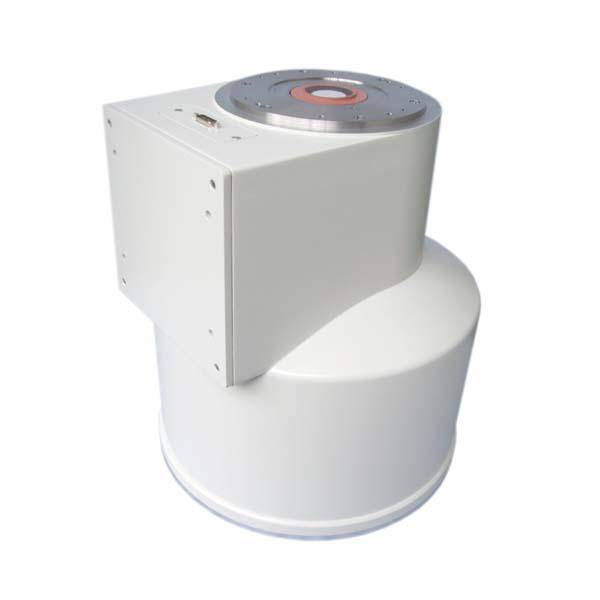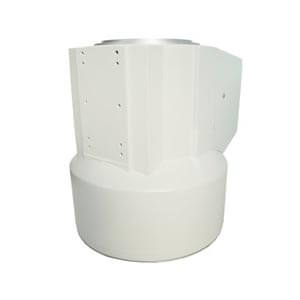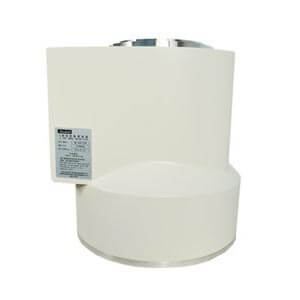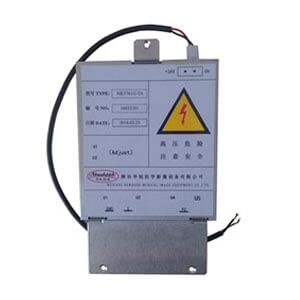Home›Blog ›Flat panel detector vs. image intensifier
Flat panel detector vs. image intensifier
Image intensifiers are legacy technology from the late 1950s, the standard around 2003-2004 (the only option other than film). The technology utilizes vacuum tubes (electron multipliers) with phosphor-coated input and output windows to convert photons/electrons into visible light.
When image intensifiers are used in X-ray inspection systems, the main advantage of this technology is the ability to image at low energy (5 or 10 kV) radiation. The advantages are: The first is the imaging speed, the system of the image intensifier runs or generates images at 30FPS (frames per second), which is considered real-time. The second is gain, a gain of 15,000 to 36,000 makes the image intensifier very effective at converting electrons/photons into visible light at low X-rays or light levels. The third is the simple ability to create a magnification ratio that is not pixel-based, by electronically reducing the input window size, which can be achieved in an image intensifier.
On the downside of image intensifiers, the vacuum tube bulges out at the input window, requiring some type of correction algorithm to measure.
Large-scale commercialization of flat panel detectors began around 2000-2001, when computing power was available and cheaper. This availability has also been achieved with significant improvements in the semiconductor fabrication techniques required to build large sensors. Flat panel detectors use several methods to convert the scintillation layer of visible light into electrical signals, which are then converted into images that can be displayed and analyzed using the latest software/computers. The two most popular technologies are photodiodes and CMOS. There are a few other technologies available, but they are prohibitively expensive when it comes to building a general electronic inspection system.
The advantages of flat panel detectors are the size of the physical package, flat input window and grayscale or spatial latitude (4096 minimum grayscale vs. 256). The abundance of grayscales results in computer analysis software algorithms that can detect individual grayscale differences, producing test results that cannot be achieved through visual analysis (the human eye cannot really detect more than 256 shades of gray). Furthermore, the resulting planar images do not require correction for accurate image analysis and measurements. The resulting signal is also digital, so there is no loss of signal A/D conversion or degradation of image quality due to lens or camera configuration.
Compared with image intensifiers, flat panel detectors have more advantages in use. The use of flat panel detectors is almost standard in today’s medical X-ray systems. We Shandong Huarui Imaging Equipment Co., Ltd. is an import and export trading company that produces X-ray machines and accessories. We have a complete range of flat panel detectors. Welcome to consult.
Author:Image Intensifier
Product Category
News
- Z* customers inquire about image intensifier maintenance of Newheek
- Lebanese customers inquire about Newheek for image intensifiers
- A customer in Guangzhou inquired about image intensifier maintenance
- A Nigerian customer ordered our Xray I.I. for replacement
- Uzbekistan customer inquiries about image intensifier
Contact us
Tel: (+86) 18953679166
Whatsapp: +86 18953679166
Email: service@newheek.com
Company: Weifang Newheek Electronic Technology Co., Ltd.
ADD: E Building of Future Star Scientific Innovation Industrial Zone of No.957 Wolong East Street, Yulong Community, Xincheng Sub-District Office, Weifang Hi-tech Zone, Shandong Province, China
